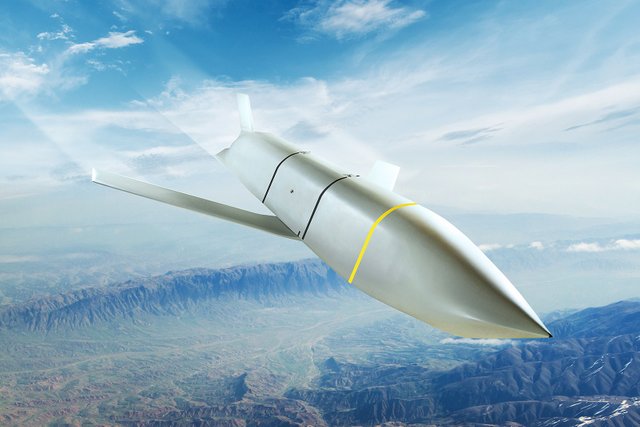NATO's Resolution on Long-Range Missiles for Ukraine
NATO's Resolution on Long-Range Missiles for Ukraine

Resolution Overview:
- Adoption: During its session in Montreal from November 22-25, 2024, the NATO Parliamentary Assembly endorsed a resolution urging member states to supply Ukraine with medium-range missiles.
- Missile Range: Specifically, the resolution mentions missiles with ranges between 1,000 to 5,500 kilometers, which include capabilities like the US-made Tomahawk missile.
Key Points of the Resolution:
- Support for Ukraine: The resolution reaffirms NATO's commitment to supporting Ukraine's defense against Russian aggression, emphasizing military, financial, and humanitarian aid.
- Right to Self-Defense: It supports Ukraine's right to strike military targets in Russia under the principle of self-defense as per Article 51 of the UN Charter.
- Strategic Deterrence: The missiles are seen as part of a strategic deterrence package to counter Russian threats effectively.
Potential Weapons:
- Tomahawk Missiles: Highlighted as an example, these missiles could provide Ukraine with the ability to conduct strikes deep within Russian territory, affecting supply lines and military infrastructure.
- Long-Range Precision: The resolution calls for long-range precision weapons, which would allow Ukraine to target strategic assets far from the frontline.
NATO's Stance on Escalation:
- Direct Conflict: There's a debate within NATO about whether providing such weapons could lead to direct conflict with Russia.
- Legal and Moral Grounds: Advocates argue that Ukraine has a legal and moral right to defend itself, including by targeting infrastructure within Russia that supports military operations.
Reactions and Implications:
- Russia's Warning: Russian officials have warned that allowing Ukraine to use long-range missiles against Russia would be considered an act of war by NATO against Russia.
- Allied Responses: There's a mixed reaction among NATO allies. Some like Britain and France have shown support for Ukraine's use of their supplied missiles for defensive strikes, while others, including the US under the Biden administration, have been more cautious until recent policy shifts.
- Strategic Shift: The resolution might signal a shift in NATO's strategy from defensive to offensive capabilities for Ukraine, aiming to weaken Russian military presence and operations.
Political Context:
- Before the Summit: The resolution comes before the next NATO summit in the Netherlands, suggesting a strategic preparation to possibly influence the summit's outcomes towards a more aggressive support policy for Ukraine.
- Membership Prospects: There's also a call to accelerate Ukraine's path to NATO membership, intertwining military support with political integration.
Public and Expert Analysis:
- Debate on X: On platforms like X, discussions range from strategic necessity to concerns over nuclear escalation. Users and analysts are debating the wisdom of this move, with some seeing it as essential for Ukraine's survival, while others warn of the risks of escalation.
- Military Implications: Experts suggest that these missiles could change the dynamics of the conflict by allowing Ukraine to disrupt Russian logistics and command structures far behind the front lines.
This resolution by the NATO Parliamentary Assembly marks a significant moment in the ongoing conflict, potentially altering the military balance in Eastern Europe and challenging the geopolitical status quo.